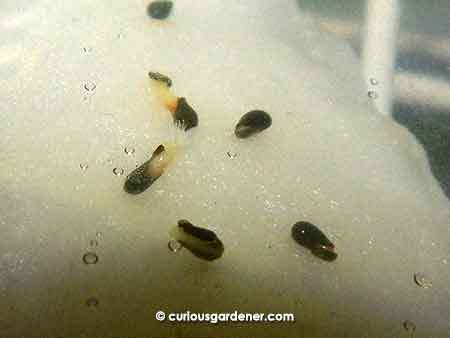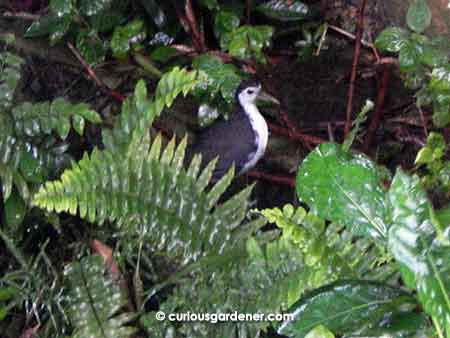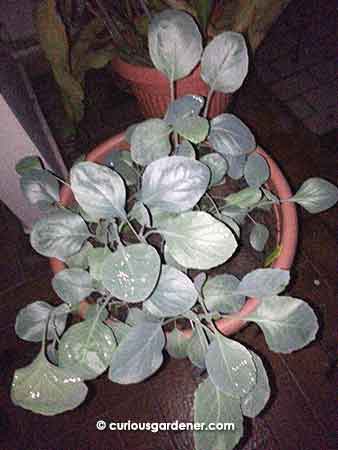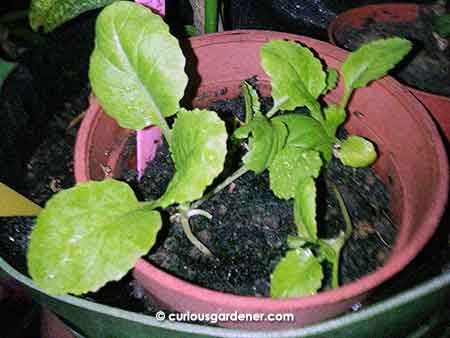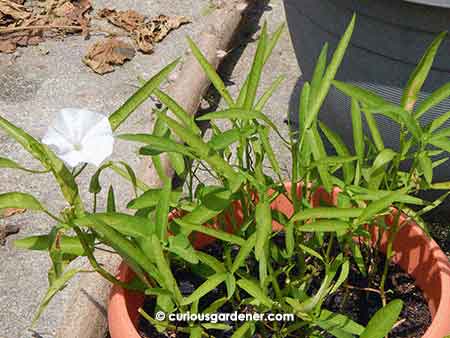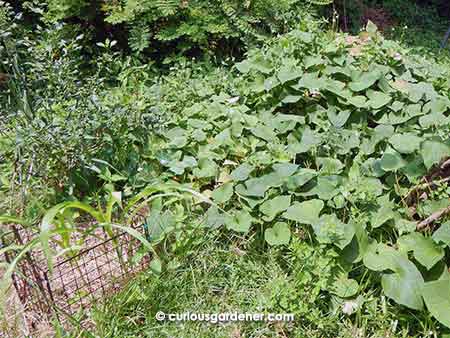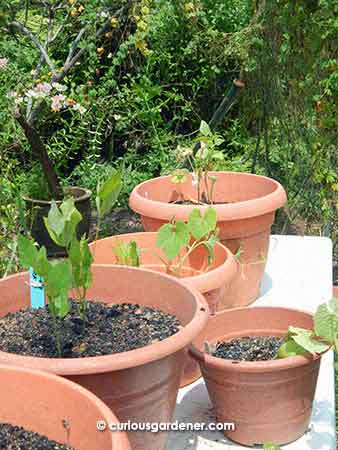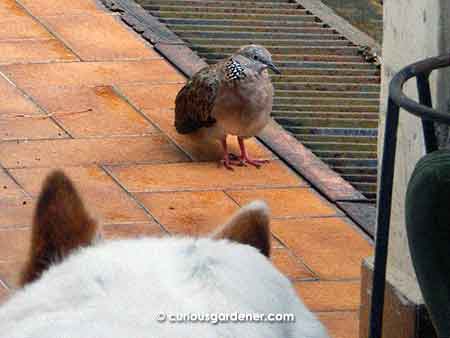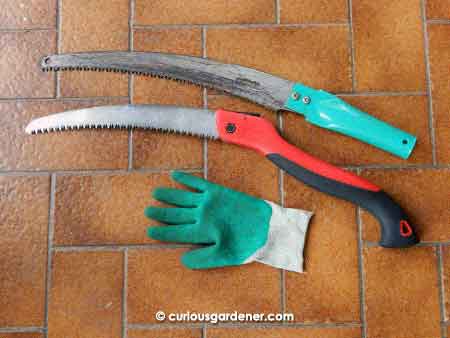
The pruning saws – ordinary one on top, professional one below.
My dad always said that you need to have the right tool to get the job done, and he had a reputation for going all out to buy what we called knick-knacks. I used to put that down as just “boys and their toys”, but you know, I’m beginning to buy into what he said.
Sometime last year, I bought a simple curved pruning saw from the garden centre. It’s the sort that you can either hold in your hand or fix to the end of a pole to cut higher branches. It satisfied me that I had the proper kind of saw for cutting through branches.
Then, I started using the saw to prune down the peacock trees. Friends, let me tell you that the wood of those trees is pretty hard! And since our peacock trees are old and very established, they have some rather thick branches – think thicker than your arm, or maybe a leg! Yes, the saw could cut those branches, but the effort left me huffing and puffing with my arms wanting to drop off.
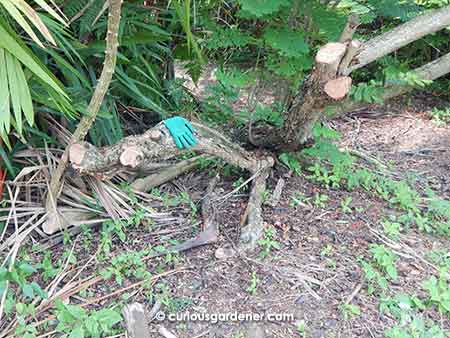
Look at how thick those branches are! The first saw took about 15 to 20 minutes to saw through one of those branches, and I would usually stop after just one or two branches; the professional saw took just 5 to 10 minutes, and I had energy to do lots more!
It didn’t help that a family friend looked at the saw and snarkily remarked that he had a professional pruning saw that was sharper. With my dad’s words about having the right tool for the job ringing in my ears, I eventually got a better saw – not super professional grade, but “professional” (if you judge by the prices).
Oh. My… Goodness! What a difference in the performance! It zipped right through thick branches, and cut through finger-wide stems with just two passes of the blade. I found myself roaming around the garden looking for more and more branches to prune down because it was just that easy!
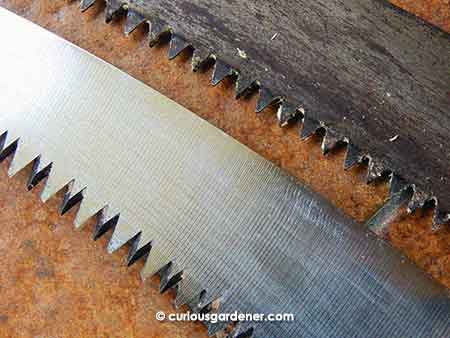
Oh what a difference in those saw blades! Do you see why the professional one (below) is more effective?
The difference is of course in the blade. This one is thicker than the first and has what is advertised as a razor tooth saw. I chose it because it was from an established brand that harks back to the early days of the famed orange groves of California. I also chose this model because you can get replacement blades.
Hm, Amazon has used the wrong photo, but the product is correct…
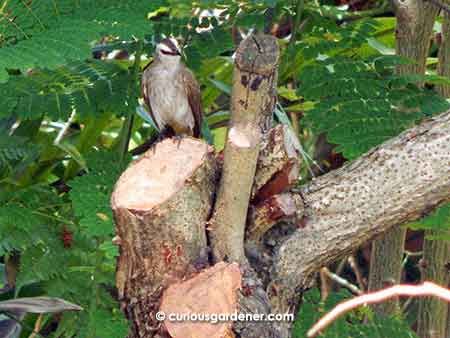
Even the birds are happy – this yellow vented bulbul was among the first birds to perch on the newly created stumps.
Dad was right. Good tools really get the job done properly.
© 2016 curiousgardener.com All rights reserved.

